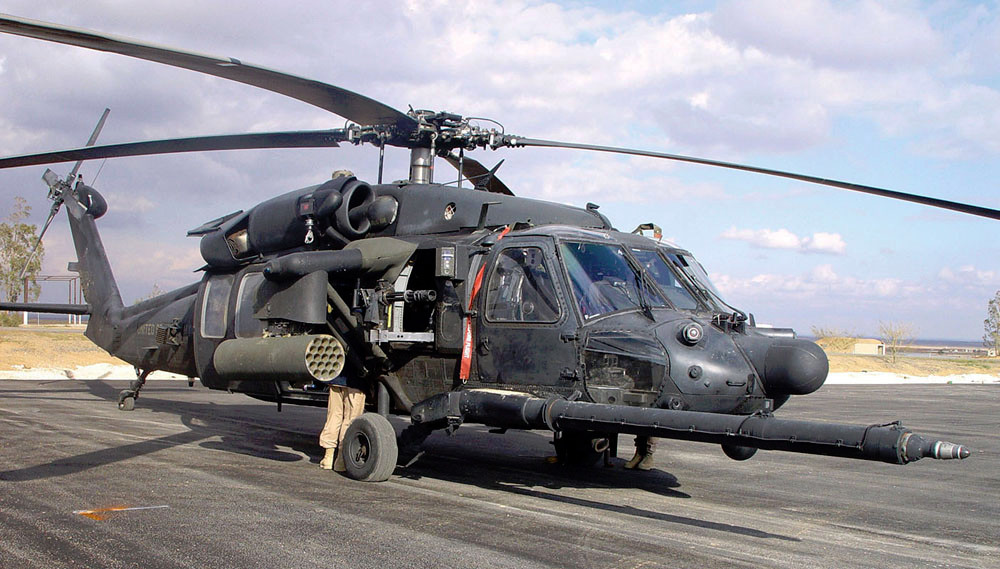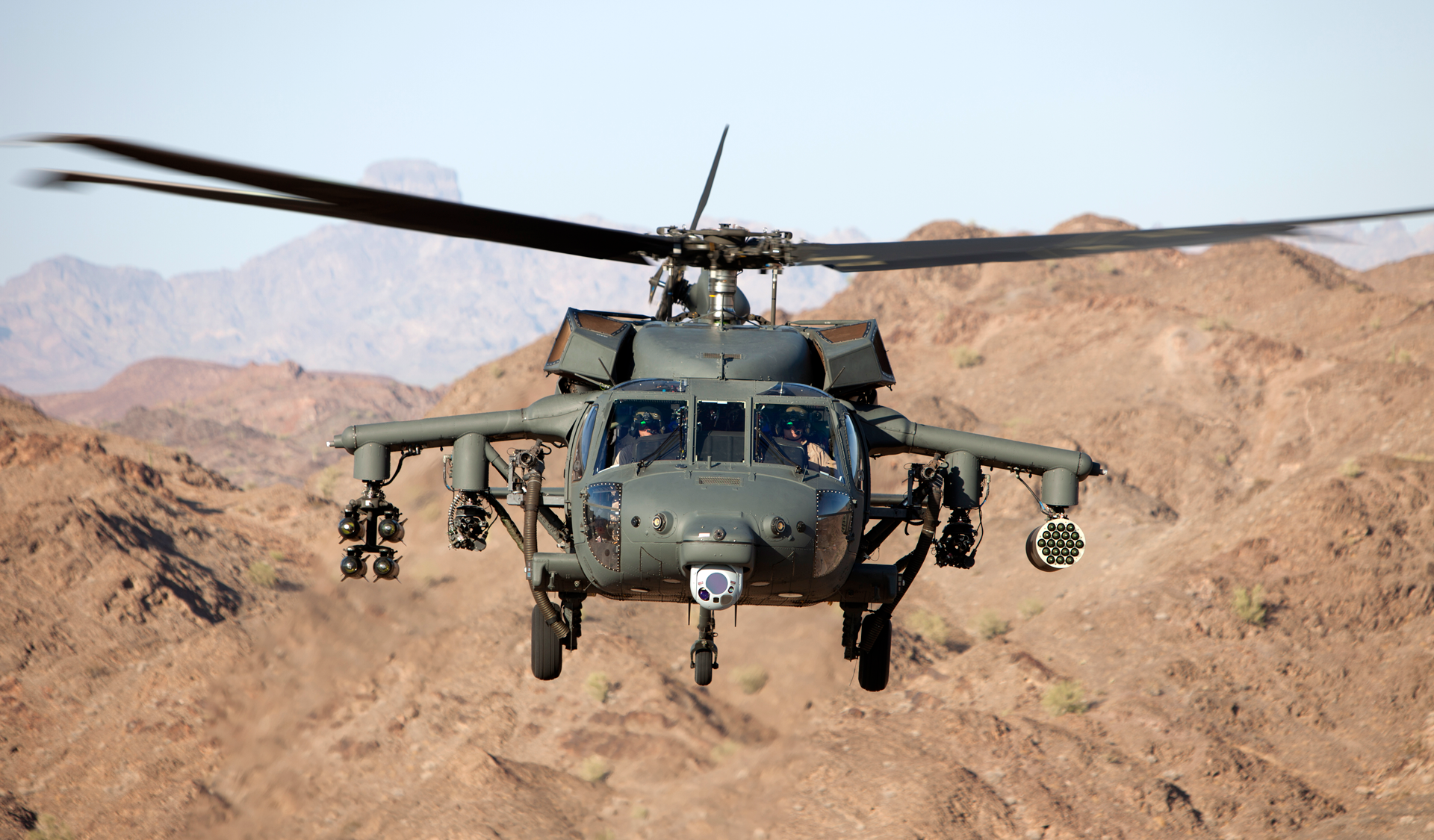Learn About the Aviation and Training Needed for Running a Blackhawk Helicopter
Learn About the Aviation and Training Needed for Running a Blackhawk Helicopter
Blog Article
Exploring the Thrills and Innovations of the Blackhawk Helicopter
The Blackhawk helicopter stands as a testimony to army aeronautics's development, combining technological innovations with functional applications. Given that its introduction in the 1960s, it has actually transformed the landscape of aerial assistance, flaunting features that enhance its efficiency in different operational roles. As we explore its historic importance and crucial technologies, one should consider how forthcoming advancements might redefine its capabilities. What lies ahead for this renowned aircraft, and exactly how will emerging modern technologies form its future in military procedures?
Background of the Blackhawk Helicopter
Since its inception in the 1960s, the Blackhawk helicopter has played a critical duty in modern-day army air travel. Created by Sikorsky Aircraft, the UH-60 Blackhawk was developed to meet the united state Army's requirement for a functional utility helicopter with the ability of executing a range of objectives, including army transportation, medical discharge, and cargo airlift. The layout was a feedback to the constraints of earlier helicopters, particularly in terms of speed, survivability, and ability to move.
The Blackhawk made its first trip in 1974 and quickly went into service in 1979. Its introduction noted a considerable development in helicopter technology, featuring a two-rotor system that improved performance and security. The aircraft's rugged building and construction and advanced avionics enabled it to operate properly in varied atmospheres and conditions.
Throughout the years, the Blackhawk has actually been constantly updated, integrating lessons gained from numerous combat scenarios. Its release in disputes such as the Gulf Battle, Somalia, and the Battle on Terror further solidified its track record as an important asset. The Blackhawk's legacy is characterized by its adaptability and durability, making it a foundation of armed forces air travel for years.
Trick Features and Requirements
The Blackhawk helicopter is differentiated by its durable layout and progressed technological attributes, which jointly boost its operational abilities. Made mostly for utility missions, the Blackhawk boasts a maximum takeoff weight of about 22,000 extra pounds, permitting it to bring substantial hauls while preserving dexterity.
Outfitted with 2 General Electric T700-GE-701C engines, the Blackhawk attains a maximum rate of around 183 knots and a series of 368 nautical miles - Blackhawk Helicopter. Its state-of-the-art blades system includes a four-blade main rotor and a four-blade tail rotor, ensuring stability and ability to move in various flying problems
The helicopter's cabin can accommodate approximately 11 soldiers or various freight arrangements, showcasing flexibility in objective profiles. In addition, the Blackhawk is designed with sophisticated avionics, consisting of electronic flight controls and a detailed cabin display screen, enhancing pilot situational recognition.
For enhanced survivability, the Blackhawk integrates ballistic armor and self-sealing gas containers. Its ability to operate in varied atmospheres, from deserts to icy terrains, better strengthens its credibility as a reputable platform for humanitarian and armed forces operations alike. The Blackhawk's combination of power, durability, and adaptability makes it a keystone of modern aerial capabilities.
Improvements in Technology
Developments in innovation have actually significantly boosted the capacities of the Blackhawk helicopter, guaranteeing it continues to be at the leading edge of military aeronautics. One of the most noteworthy innovations is the assimilation of sophisticated avionics systems, which give improved situational understanding with real-time data handling and screen. This technology allows pilots to navigate complex atmospheres better, boosting mission success rates.

Additionally, the introduction of digital fly-by-wire systems has revolutionized the control mechanisms of the Blackhawk, offering smoother handling and boosted responsiveness. These systems help with sophisticated ability to move, vital in high-stakes circumstances. Finally, innovations in communication and networking modern technologies enable smooth control among units, enhancing overall functional efficiency. Collectively, these technical developments ensure that the Blackhawk helicopter continues to be a vital asset in modern-day military operations.
Functions in Armed Force Procedures
With sophisticated technology improving its capabilities, the Blackhawk helicopter plays a complex function in military operations. Mostly, it is utilized for army transportation, allowing rapid deployment and extraction of employees in different fight situations. Its sizable cabin can accommodate approximately 11 troops, making it an essential property for special procedures and large-scale goals.
In Addition, the Blackhawk functions as a medevac platform, equipped to move wounded soldiers quickly and efficiently from the combat zone to clinical centers - Blackhawk Helicopter. Its adaptability includes like this logistical assistance, where it brings products and devices important for sustaining military procedures in remote locations

The helicopter is likewise critical in reconnaissance objectives, providing aerial security and intelligence-gathering capacities. Its ability to run in varied environments-- varying from urban setups to extreme surfaces-- further strengthens its significance on the battleground.
In Addition, the Blackhawk can be equipped with sophisticated weapons, allowing it to involve in fight and give close air assistance. This adaptability highlights the helicopter's essential role in modern-day military techniques, making it a crucial part of militaries worldwide.
Future Advancements and Innovations
Developments in innovation assurance to usher in a new period for the Blackhawk helicopter, enhancing its capacities and operational effectiveness. As the military landscape progresses, so also does the emphasis on integrating cutting-edge modern technologies into rotary-wing airplane. Future developments for the Blackhawk may consist of enhancements in avionics, such as sophisticated trip control systems and enhanced situational understanding tools powered by expert system. These innovations will certainly facilitate extra exact navigating and decision-making in complicated environments.
Moreover, the combination of unmanned systems is on the horizon, possibly permitting for manned-unmanned teaming procedures that can expand goal profiles and lower threat to workers. The Blackhawk's design is likewise anticipated to incorporate lighter and stronger materials, boosting fuel effectiveness and total performance.

Final Thought
To conclude, the Blackhawk helicopter stands for a significant accomplishment in armed forces air travel, defined by its flexibility and advanced technological attributes. Its historic evolution shows a look at here continuous response to operational requirements, enhancing abilities in numerous roles such as army transportation and medevac operations. Continuous developments, including the assimilation of expert system and hybrid-electric propulsion, guarantee to more enhance the Blackhawk's performance and importance in future army interactions, ensuring its condition as a vital asset on the field of battle.

With advanced innovation improving its abilities, the Blackhawk helicopter plays a this content diverse role in armed forces procedures. (Blackhawk Helicopter)
Report this page